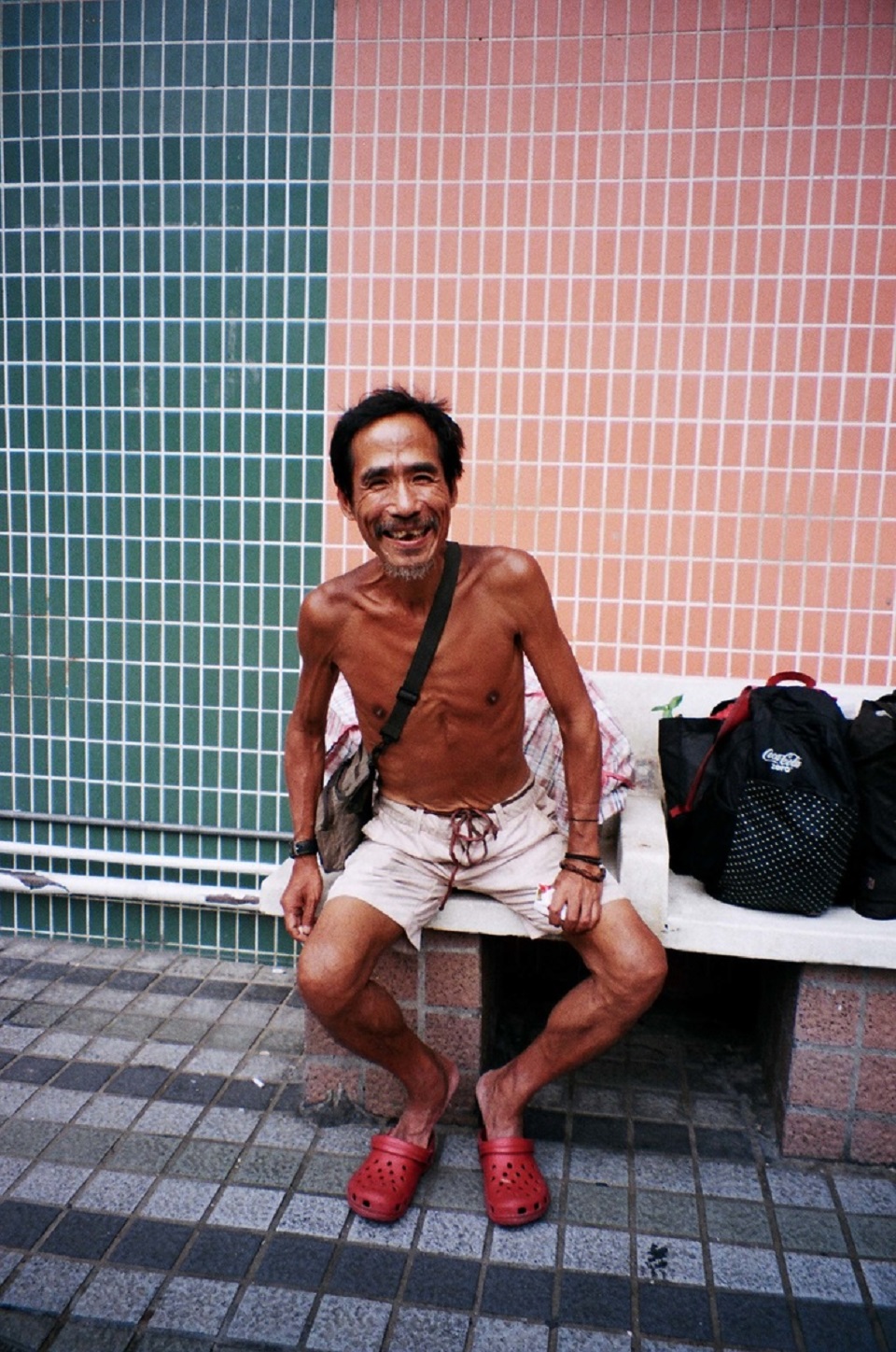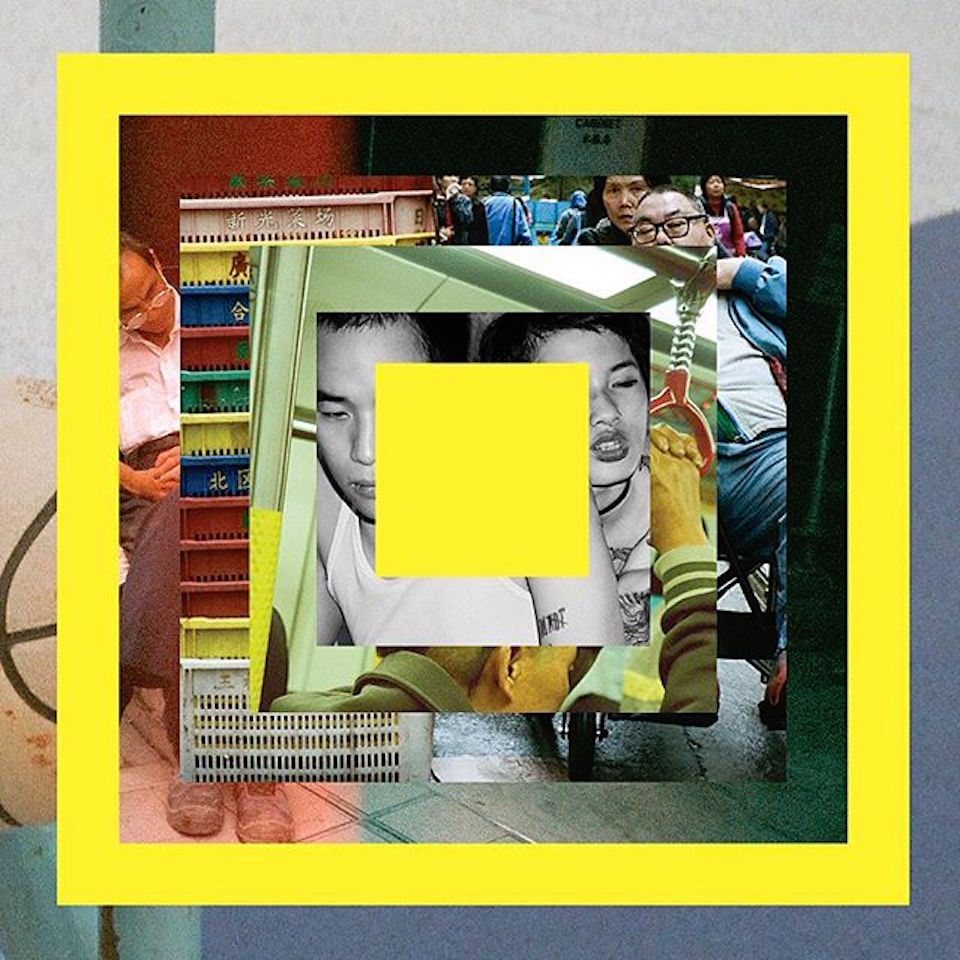A number of months ago, browsing the Internet I was moved by analogue images that I found of South East Asian street culture. It was a very specific image that had mesmerized me: an image of a topless young woman with dark hair and haunting eyes. A lizard shaped tattoo crawling up her neck, she was fashioned in gold loop earrings and a peach coloured cap. In her one hand she holds a bucket of noodles and in the other, chopsticks with noodles pinched tight. Behind her a cityscape. Inspired by the striking image I immediately saved it to my phone without looking into who the creator was. As I started my research for this article I found the image again and was delighted to know that it in fact, it belonged to a South African creative, Duran Levinson.
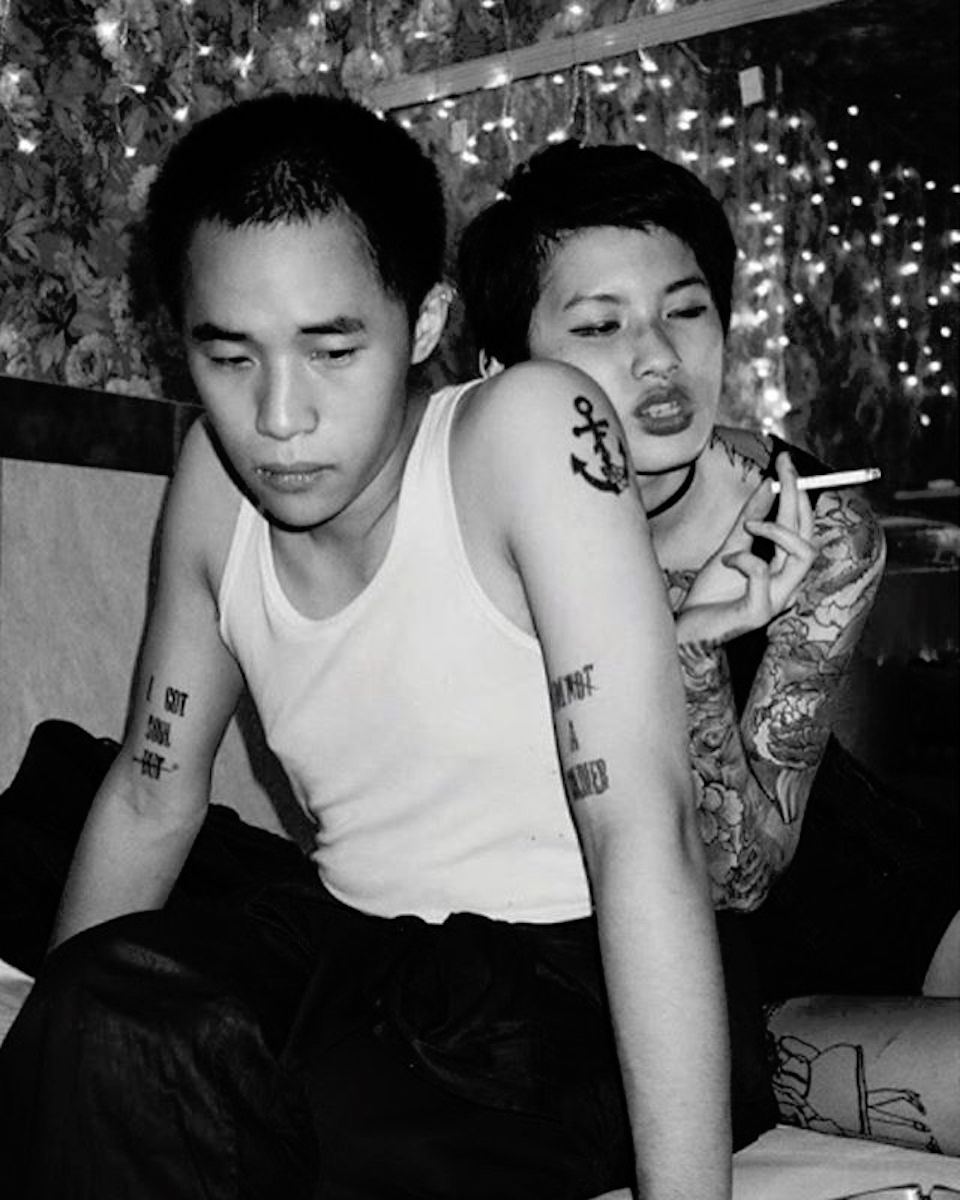
Traveling on work holidays, the Capetonian filmmaker and photographer, Duran Levinson has captured the people and places he has encountered while globetrotting. Today I would like to focus on his work put together in Hong Kong consisting of architectural shots, portraiture and street photography.
In 2016 Duran teamed up with two other South African photographers, Dustin Holmes and Gideon de Kock and brought out Backchat Boys Volume 1 – All image no spinach. This book was a collaborative project between the three friends and features imagery of street photography and venues in Hong Kong, captured on 35mm film.
The aim of the project according to Duran was to document the street culture that he witnessed in the area and what I find the most intriguing is that the entire project was documented on a single point and shoot camera. Duran navigated the streets and was essentially perceived as a tourist with a little flimsy point and shoot camera and because of this, I believe that the result of his photographic documentation was influenced. The work that Duran produced in this project was obtained as a result of his unobtrusive tool to document with and this caused people to come across in a more authentic and natural way, as they were not necessarily posing.
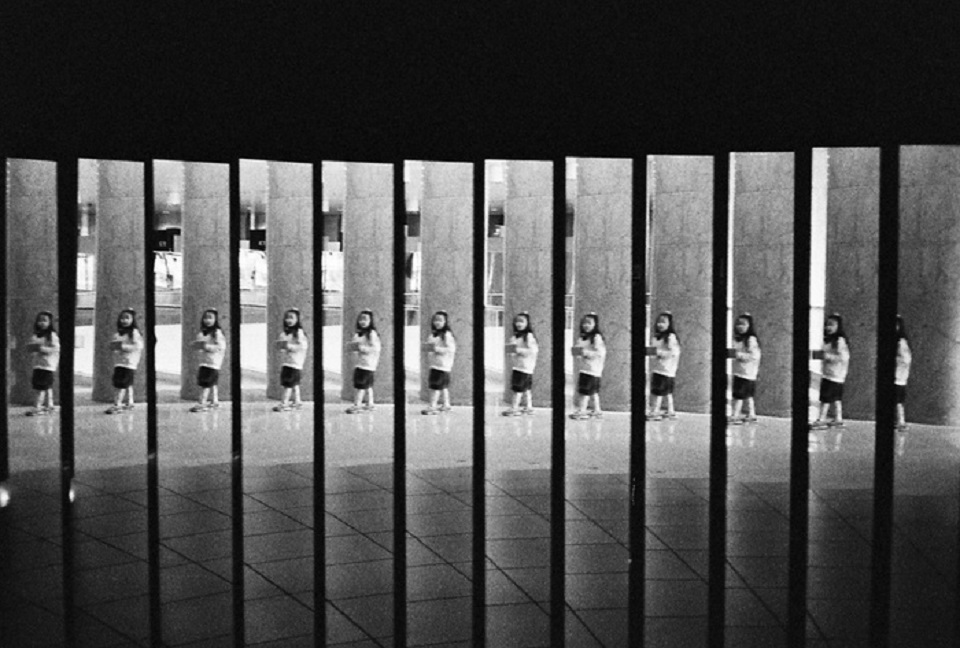
Duran has been known for working on expired film and the only changing factor in his project was changing between colour and black and white film. Expressing that the expired film he used during this collaborative project was between 5-10 years old, he believes that it leaves more room for experimentation and keeps the medium alive for him. The expired film creates a cool, subtle feeling to the images and the entire concept is captivating as not many photographers using the analogue medium opt to shoot that way. Duran however, adores the film stock and expresses that in Asia, expired film is cheaper than water.
The images that Duran captured for this project are justly some of the most intriguing images I have seen of South East Asia and I believe that they show a different look into the culture that I have not been exposed to before. The imagery is fresh and honest documentation yet simultaneously, upon viewing them I feel like I can see Duran’s own sentiments towards the subjects that he is capturing. It is documentation, yet at the same time it exudes emotive expression.
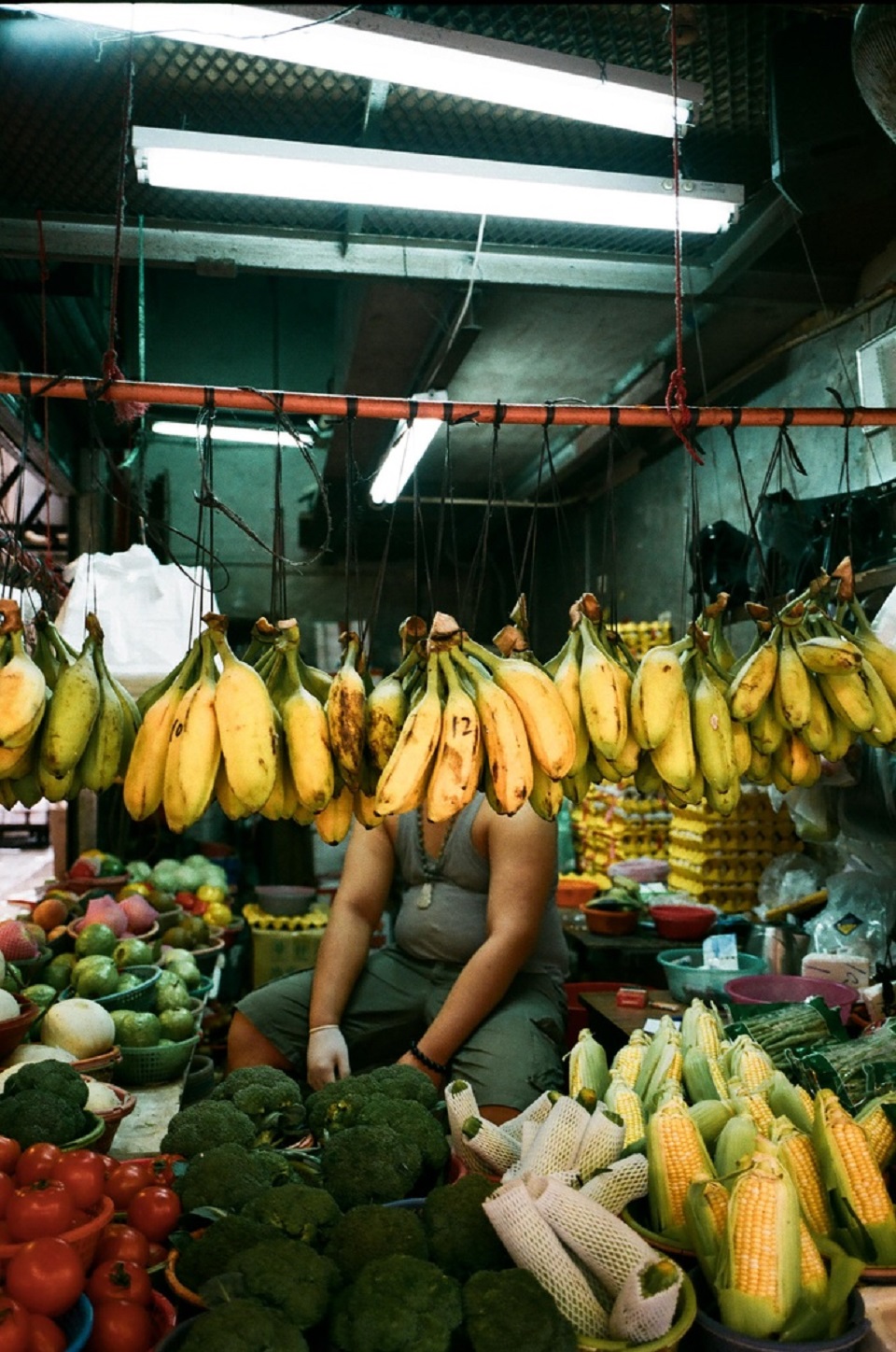
Duran has said before in conversations about this self-published book that it was a poor attempt at documenting human nature but I must say I disagree, the work speaks of a humanist approach. When I think of the documentation that I see in Backchat Boys Volume 1 – All image no spinach, I cannot say that it shares similarities with the kind of photographic documentation you would see in any National Geographic. Perhaps this collaborative project that Duran worked on with Dustin Holmes and Gideon de Kock, can be regarded as a new way of executing documentary photography.
“Travelling is the only way to understand a big part of the ‘human condition’ and how you fit into this world in whatever way you perceive it.”
